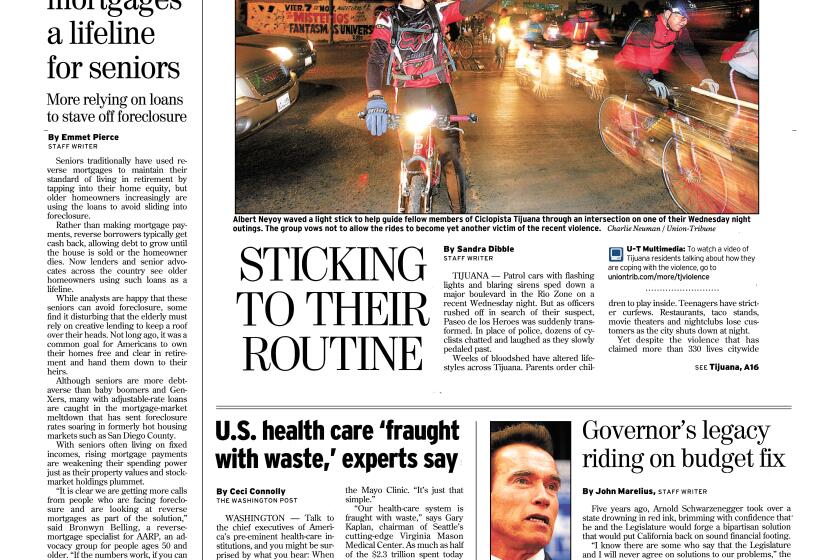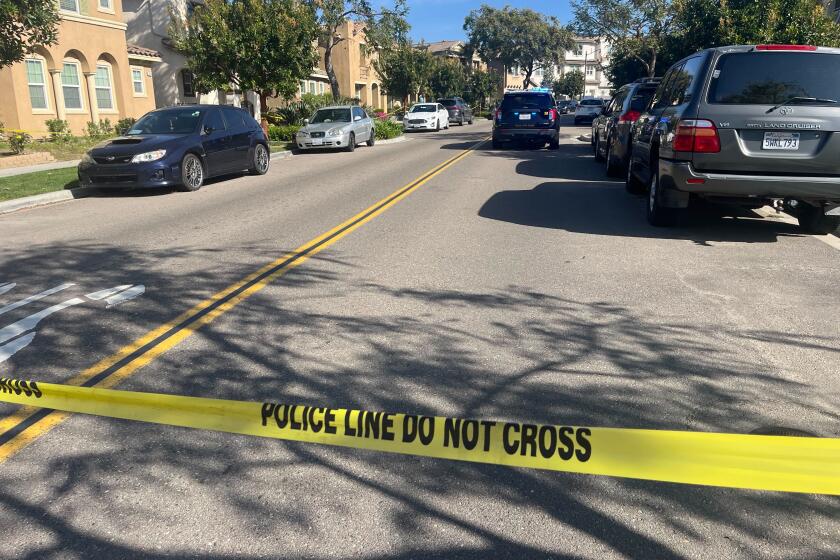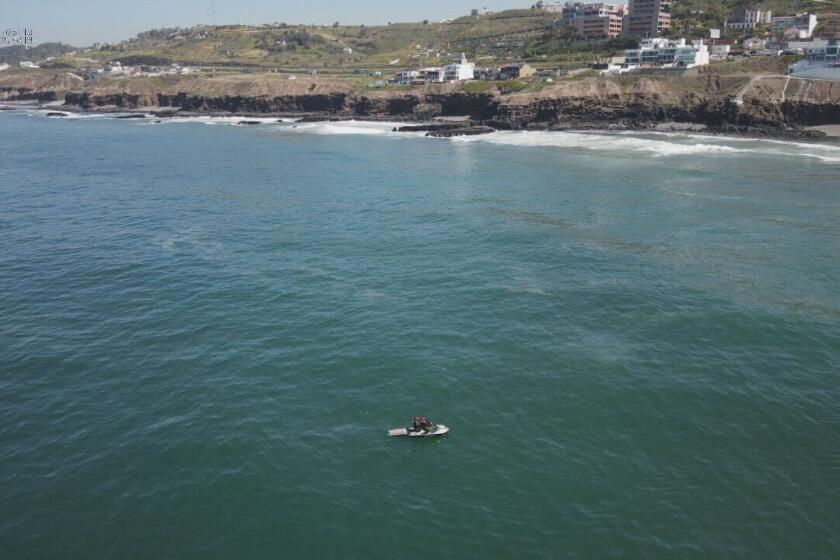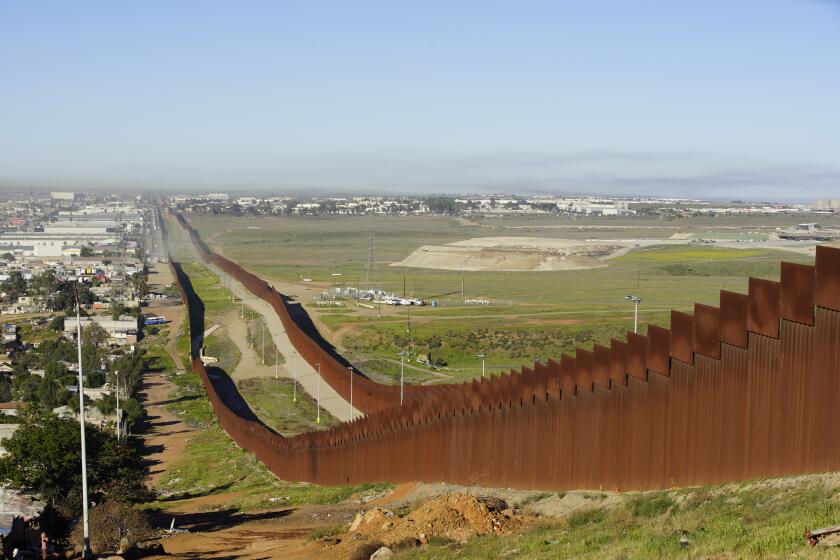A pulse of hope in the Colorado River delta
Something remarkable has been happening in recent days in this thirsty desert region south of the U.S. border: The Colorado River once again has been connecting to the sea.
This is no act of nature. The flow has been the result of years of planning and high-level negotiations between the United States and Mexico under a landmark agreement known as Minute 319.
The river’s once mighty current is now not much more than a trickle by the time it reaches the Gulf of California more than 90 miles downstream from Algodones on the Arizona border. Yet that there is any connection at all has been something to celebrate, building hopes for restoring the few surviving wetlands at the river’s southern end in the Mexican delta.
“That’s what’s fascinating, the willingness of nature to come back,” said Osvel Hinojosa, a wildlife biologist with Pronatura Noroeste, a branch of Mexico’s oldest and largest environmental organization.
A large water delivery to the delta in recent weeks is part of a five-year bi-national pilot project, and its supporters have an oft-repeated mantra: A little bit a water goes a long way. They hope their efforts will not only restore a biologically important region, but offer lessons for other arid areas.
Timed for the delta’s peak germination season, the eight-week “pulse flow” was launched on March 23 and concluded Sunday. It is being supplemented by a lower-volume and longer-term base flow.
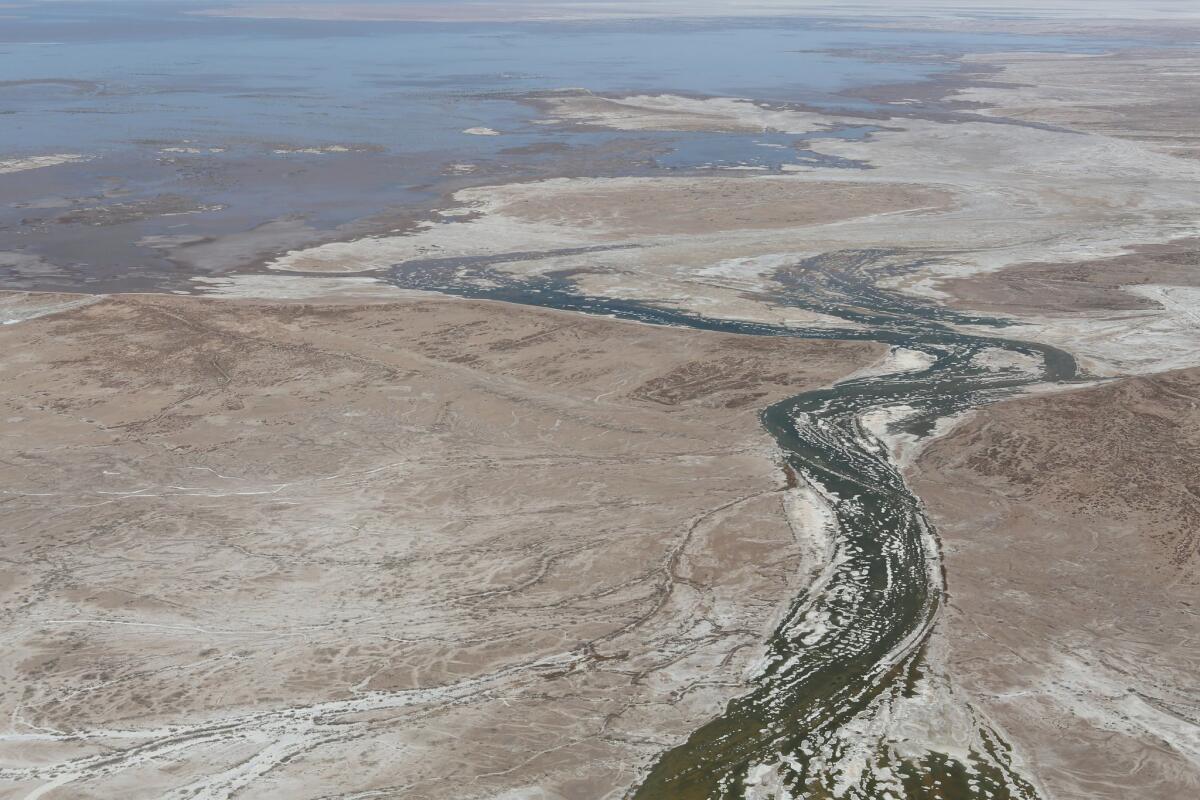
Hinojosa said he has seen greater numbers of migratory birds in more parts of the delta in recent weeks. Tiny shoots of cottonwood and willows are emerging on the river’s banks, and irrigation water is gushing down trenches of planted trees to be used in restoration projects. Perhaps the most important result, Hinojosa said, has been the renewal of a connection to the river among residents of Baja California’s Mexicali Valley and nearby Sonora.
“People like to see a river with life,” said Javier Mosqueda, a lifelong delta resident, who owns a tourist camp near river’s mouth on the Rio Hardy. “It’s been a titanic effort. … We were able to get the U.S. and Mexican governments to sit down and pay attention to the delta.”
The Colorado River supplies users on both sides of the border, and in recent years has on average accounted for 63 percent of San Diego’s water supply. As growing populations upstream in the United States and Mexico have put new demands on the river in recent decades, the delta’s few remaining natural areas have been getting less and less water. Compounding the problem is the basin’s historic 14-year drought. The water hasn’t flowed steadily here since the 1960s, and the last time the river connected to the upper Gulf of California was 1998.
But Minute 319, signed in November 2012 and backed by the U.S. and Mexican federal governments and the seven U.S. basin states, has aimed to change that. Negotiated through the U.S. International Boundary and Water Commission and its Mexican counterpart, CILA, the talks involved the active participation of environmental groups: Pronatura and two U.S. organizations, Sonoran Institute and the Environmental Defense Fund.
The resulting effort is being closely followed by a broad range of environmentalists, scientists and government officials involved setting water policies.
“It’s been very exciting for all of us to track the pulse flow as it has moved downstream to parts of the Colorado River channel that have been dry for years,” said Edward Drusina, U.S. commissioner for the International Boundary and Water Commission, said in a statement Friday. “To say that we reconnected the river with the sea has been especially gratifying.”
The exact time of the river’s reconnection with the Upper Gulf of California remained uncertain as of last week. Jorge Ramirez, the project’s chief hydrologist, said it will only be known once instruments from a monitoring station in the area can be recovered, but he estimates it happened on May 8, 9 or 10.
Yet even amid celebrations of the pulse flow’s success, participants are working to sustain the interest and commitment to restore the delta farther into the future.
“It’s a very touchy issue,” said Pete Silva, a consultant to several Southern California water agencies. “We’re in a drought, we’re struggling to find new sources, how we make water available for the environment is going to be tough. ... If people want to keep it going on a long-term basis, how do you accomplish that?”
But proponents of restoring the delta wetlands say the effort is critical, and offers a new paradigm for managing water in an era of water scarcity.
“We don’t have time and we don’t have options,” said Gaston Luken Aguilar, a businessman who is founding chairman of Pronatura Noroeste and the board member currently in charge of overseeing the Colorado River delta project. “It’s incredible what you can get back from nature by using a small amount of water.”
On Wednesday, Hinojosa was upbeat and hopeful about the future smiling broadly as he rode a small boat that moved lazily in the river’s main channel, past a panorama of willows and cottonwoods with leaves that quivered in the warm breeze.
Some 60 miles downstream from the Morelos Dam on the U.S. border, the 750-acre Laguna Grande restoration area, overseen by the Sonoran Institute with participation of Pronatura, is one of the main beneficiaries of the water delivery. This pulse flow is designed to emulate flood conditions with the delivery 105,392 acre-feet of water — enough to fill 52,000 Olympic-sized swimming pools.
Even with drought conditions, environmentalists on both sides of the border say that a small amount of water must be set aside for nature. Despite their diminished size, the delta’s wetlands are rich in biodiversity, a habitat for 380 bird species, including some 200,000 wintering water birds, and remain a key stop on the Pacific Flyway for birds that breed in the United States and Canada, and winter in southern Mexico and Central America.
U.S. water managers say the pulse flow effort cannot be viewed in isolation but should be seen in the broader context of Minute 319, which includes an agreement on Mexico’s part to take a lesser water allotment in times of shortage on the river. It also allows Mexico to bank any surplus water in the United States at Lake Mead.
The entire pulse flow allocation comes from Mexican water stored at Lake Mead, the result of a surplus created when agricultural canals in the Mexicali Valley were destroyed during the April 2010 earthquake — and farmers were compensated for their losses by Mexico’s federal government.
The 53,000 acre-feet of water used for the base flow is being supplied over the agreement’s five-year period by the environmental groups through a water trust that purchases and leases water rights from agricultural users in Mexico.
While biological results will take time to measure, hydrologists have already gathered important information about the river’s flows, and the capacity of different stretches for restoration, said Ramirez, a hydrologist at the Autonomous University of Baja California.
“This will allow us to design a new pulse flow, with more efficient restoration, and less water,” Ramirez said.
The effort has found a strong ally from Baja California’s agriculture secretary, Manuel Valladolid, a member of Pronatura.
“The farmers have been made aware, we’ve conducted a campaign to explain why this is being done,” Valladolid said. “Not one farmer is getting one less liter as a result of this.”
Get Essential San Diego, weekday mornings
Get top headlines from the Union-Tribune in your inbox weekday mornings, including top news, local, sports, business, entertainment and opinion.
You may occasionally receive promotional content from the San Diego Union-Tribune.




